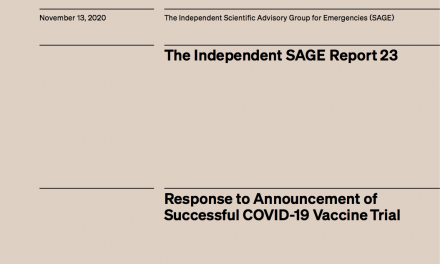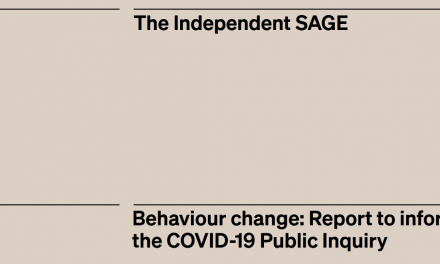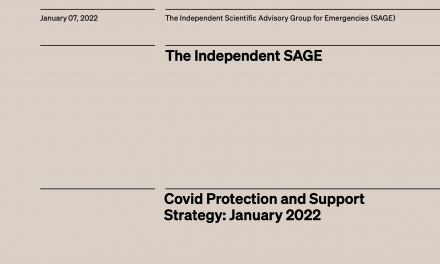COVID-19 management in light of pandemic increase in China and potential impact of new Omicron sub-variants (notably XBB.1.5 “Kraken”, and CH.1.1 “Orthrus”)
High rates of SARS-CoV2 transmission anywhere in the world makes the emergence of new variants more likely. Some new variants are more transmissible and/or better able to evade antibody immunity acquired through previous infection or vaccination, in which case they seed a new wave of infections in susceptible populations.
Following the recent easing of protective measures such as physical distancing, masking, mass testing, and quarantining in China, cases of COVID-19 have increased dramatically. The millions of new infections in China provide many opportunities for the virus, now expanding rapidly, to mutate. However, the viral lineages now dominant in China closely resemble those that have been widespread elsewhere since mid-2022. Nevertheless, as SARS-CoV2 spreads further within the Chinese population, it is likely that new variants will emerge there, as they have been doing in other parts of the world. The consequences for the global course of the pandemic is, however, unpredictable because of differences in immunity between distinct global populations.
In the UK, the Omicron subvariant BQ.1.1 became dominant at the end of 2022, but now two new Omicron subvariants, CH.1.1 and XBB.1.5 have emerged, and are likely to replace it. The fastest growth (but still representing a small number of cases) is occurring with the XBB1.5 variant, probably imported from the USA, which appears both more transmissible and more immune evasive. Cases and hospital admissions are rising rapidly now in the North-Eastern USA, where XBB.1.5 is dominant. This is likely again due to differences in both the nature and extent of vaccine- and infection- acquired immunity between these populations, yet there is no guarantee that this will remain the case going forward.
The UK Government introduced two precautionary measures in early January 2023, in response to the step-change observed in the Chinese epidemic. First, people travelling directly from China will be required to show a negative test result before boarding their flight. Second, a sample of travellers from China will be tested on entry to the UK and any SARS-CoV-2 lineages will be genetically sequenced to identify new variants. However, passengers arriving and testing positive will not be obliged to self-isolate.
Independent SAGE has the following comments on this approach:
- Requiring negative COVID-19 tests on direct entry from China is unlikely to make any material difference to the number of cases in the UK. This is because the UK is doing little to control transmission internally, and large numbers of infections presumably arrive from other countries (and equally, spread from the UK to other countries). When attempted in the past, even with a much wider range of countries, this policy has not been effective in keeping prevalence low – this has only worked when implemented as part of a comprehensive quarantine policy.
- Testing and genetic sequencing of a proportion of international arrivals makes sense, but only if carried out regardless of the origin of travellers and not just China. Genetic surveillance and the sharing of SARS-CoV2 sequence data varies considerably between countries, with China currently being one providing the least data. Variants can arise anywhere, including the UK.
- Surveillance and identification of new variants is helpful only to the extent that action is taken to reduce ensuing transmission within countries where they are introduced.
From the UK perspective, the NHS is already under unprecedented systemic pressure, exacerbated by both COVID and other winter viruses including resurgent influenza virus. XBB.1.5 is one of the most immune-evasive SARS-CoV-2 variants to date. It also appears to be more transmissible. These features help explain why XBB.1.5 is currently outcompeting other variants such as the BQ lineages in the US, and may also be why it appears to be associated with higher hospitalisation rates.
Thus, we urgently need the multi-layered approach (a.k.a. “Vaccines Plus”) as called for by the Scientific Advisory Group in Emergences (SAGE) in their paper published in 2021: “Sustaining behaviours to reduce SARS-CoV-2 transmission” and the associated journal article “Staying ‘COVID-safe’: Proposals for embedding behaviours that protect against COVID-19 transmission in the UK”
Immediate steps, as called for by Independent SAGE in its final report of 2022, are:
- If you haven’t done so already, get vaccinated and/or get a booster without delay. If eligible for the Flu vaccine, ensure you and/or your children have this as well. This vaccine is also available to purchase (anyone over the age of 12) for those able to afford to do so.
- If you feel unwell, or have been in close contact with someone who is (or has tested positive for COVID), don’t go out and risk infecting others – whether with SARS-CoV2, influenza or anything else.
- Before visiting others, especially anyone elderly or otherwise vulnerable, take a COVID test if you can.
- When you meet others, make sure the setting is as well-ventilated as possible.
- Where possible, wear a mask in crowded indoor situations, especially where air quality may be poor (e.g. public transport)
These immediate measures need to be combined in the longer term with Government investment to make public spaces (social, educational and workplace) safe through ventilation and air filtration, providing free tests and masks for those unable to afford them, and an effective public communication campaign about the symptoms associated with current variants. These are critical steps needed to reduce the likelihood of people transmitting SARS-CoV2, becoming seriously ill and/or dying from COVID-19. Finally, many, even without severe infections, may suffer long-term health problems due to long COVID.




